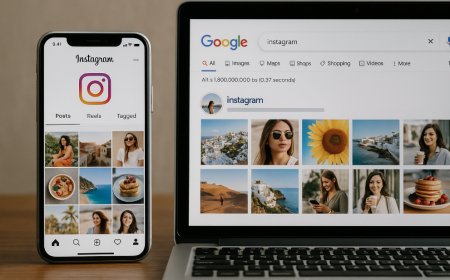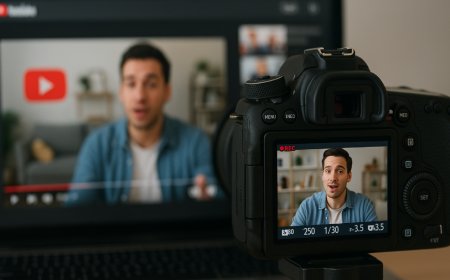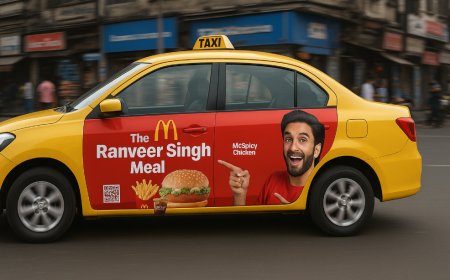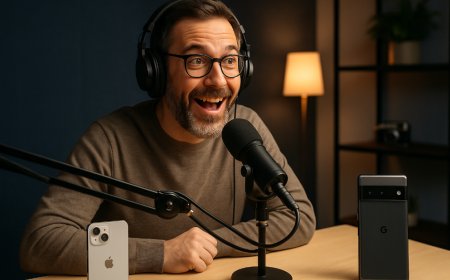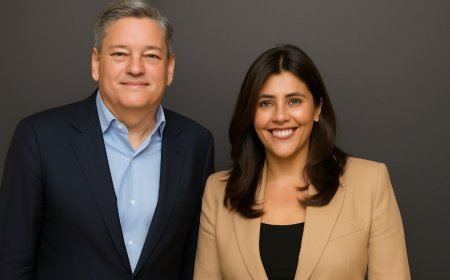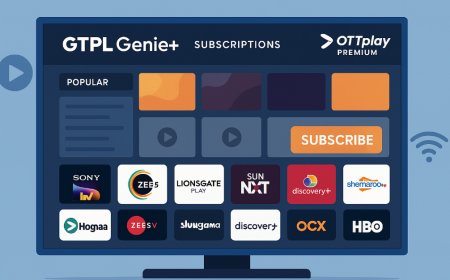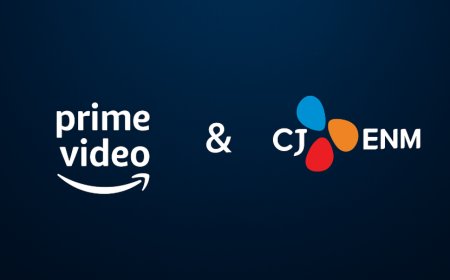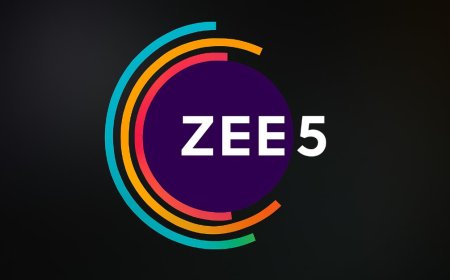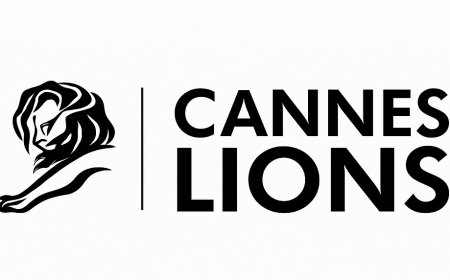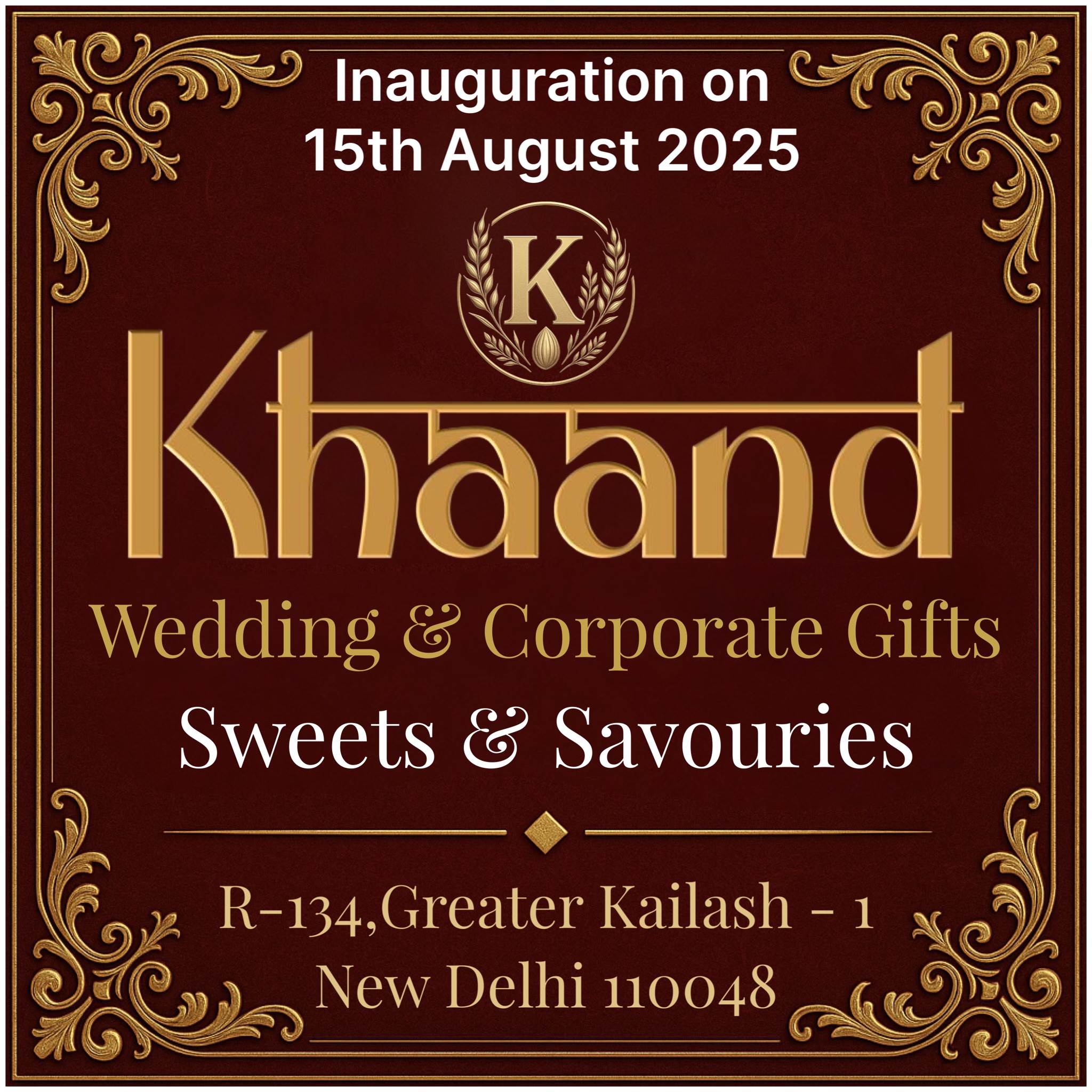Meta Brings Ads to WhatsApp: A New Era for Brand Engagement?
Meta introduces ads on WhatsApp, signaling a shift in digital marketing. Discover what this change means for brands, users, and the future of private messaging.
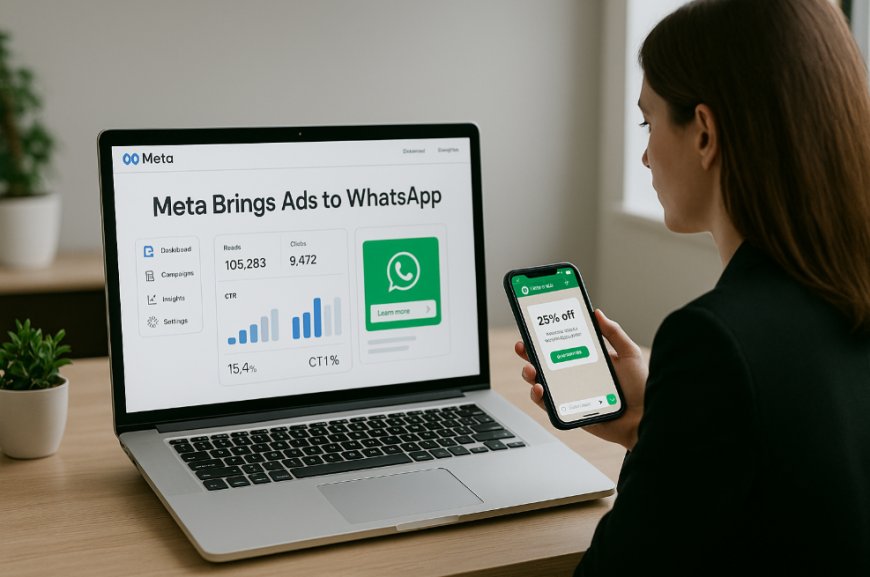
Introduction: A Shift Long in the Making
For years, WhatsApp has been the last ad-free stronghold in Meta’s social empire. Unlike Facebook or Instagram, which are saturated with sponsored content and targeted marketing, WhatsApp retained a sense of privacy and authenticity. But that’s about to change.
Meta has officially begun the rollout of ads on WhatsApp, signaling a major pivot in how brands can connect with consumers through one of the world’s most widely used messaging platforms. With over 2.8 billion users globally, the potential is immense—and so are the questions surrounding user privacy, brand strategy, and the evolving role of messaging in the marketing funnel.
So, what exactly does advertising on WhatsApp mean for businesses and consumers alike?
Understanding Meta’s New WhatsApp Ad Format
Meta isn’t just adding banner ads into chat threads or forcing pop-ups. Instead, the platform is exploring a more subtle, opt-in form of advertising that integrates with WhatsApp’s Business and Channels features. Think of it as contextual promotion, where a user voluntarily engages with a brand or follows a channel and may then receive promotional messages, updates, or deals.
This move is an extension of what Meta began with WhatsApp Business, a tool launched in 2018 that allowed small and large businesses to communicate with customers more effectively. The difference now is the introduction of paid visibility—allowing businesses to pay for reach, impressions, or clicks much like they do on Meta’s other platforms.
WhatsApp ads are likely to appear:
-
In the Status section (similar to Instagram Stories ads)
-
As promoted Channels within the new WhatsApp Channels feature
-
Via Click-to-WhatsApp ads placed on Facebook or Instagram, leading users into WhatsApp conversations
This creates a multi-platform advertising ecosystem, where the conversation starts with an ad on Facebook or Instagram and continues privately on WhatsApp.
Why WhatsApp? Why Now?
Meta’s decision to monetize WhatsApp via ads isn’t surprising. The company acquired WhatsApp in 2014 for $19 billion, and despite its massive user base, the platform has remained largely unmonetized compared to Instagram and Facebook.
However, with growing pressure on ad revenue and competition from platforms like TikTok, Meta needs to unlock new revenue streams. WhatsApp, with its global dominance and daily use among consumers, is a goldmine waiting to be tapped.
Moreover, consumer behavior is shifting. Many users now prefer private messaging over public social interactions. Brands that used to rely on public posts and likes are noticing more engagement through DMs, group chats, and personal interactions.
Meta recognizes this and is adapting accordingly—pushing marketing into the private space where people are spending more time. By doing so, they’re attempting to future-proof their ad model.
Brand Engagement in the Era of Private Messaging
Advertising on WhatsApp isn’t just about selling products—it’s about building relationships. The closed, personal nature of the app means that traditional ads won’t work the same way they do on a newsfeed. Brands will need to earn their place in the conversation.
Here’s how businesses can adapt:
1. Opt-In Content Strategy
Rather than blasting ads, brands must offer value-driven content. This could include:
-
Exclusive promotions for subscribers
-
Useful updates (order tracking, product launches)
-
Customer service chats with real-time responses
2. Hyper-Personalization
Since WhatsApp provides direct access to individual users, personalization is critical. Brands must craft messages that reflect past interactions, preferences, and timing—similar to how email marketing evolved into personalized journeys.
3. Interactive Storytelling
Using WhatsApp’s status and channel features, brands can tell visual stories that feel organic. Think of behind-the-scenes videos, influencer takeovers, or countdowns to a product drop.
4. Real-Time Feedback Loops
The messaging format also opens the door to instant feedback. Businesses can use WhatsApp for quick polls, product reviews, and customer satisfaction responses—blurring the line between support and marketing.
The Consumer Perspective: Privacy Meets Convenience
Perhaps the biggest concern among users is privacy. WhatsApp’s end-to-end encryption has always been a cornerstone of its appeal, especially in countries where censorship or surveillance is a concern.
Meta claims that these new ad features will not compromise encryption. Ads will be served through opt-in systems and business profiles, not within private one-on-one chats.
Still, skepticism lingers. Users may worry about:
-
Receiving spam-like messages from brands
-
Data tracking between WhatsApp, Facebook, and Instagram
-
The dilution of a platform they view as “personal”
To address these concerns, Meta is focusing on:
-
Giving users control over which businesses can contact them
-
Limiting ad frequency and making messages easy to mute
-
Using verified business profiles to distinguish real brands from spam
Ultimately, Meta’s challenge will be to balance monetization with user trust—a tightrope walk that could shape the future of the platform.
For Small Businesses: A Gateway to Global Markets
For small and mid-sized businesses, WhatsApp ads could be transformative.
In regions like India, Brazil, and Indonesia, where WhatsApp is practically a default mode of communication, this new ad ecosystem allows businesses to:
-
Reach hyper-local audiences with precision
-
Offer seamless customer support via chat
-
Convert leads into sales without needing a website
With WhatsApp Pay and catalog integrations, users can now see a product, ask questions, make a payment, and receive delivery updates—all within a single app.
This frictionless commerce model could level the playing field for emerging businesses, allowing them to compete with larger brands at a fraction of the cost.
For Big Brands: New Tools, New Responsibilities
Larger enterprises will need to tread carefully. While WhatsApp offers unprecedented intimacy with customers, it also comes with higher expectations.
Brands must rethink their CRM systems, integrate chatbot support, and ensure that they’re not overwhelming users with notifications.
Additionally, marketers must invest in:
-
Compliance strategies (particularly in regions with strict data laws)
-
AI-driven automation to handle high-volume queries
-
Creative micro-content that suits short-form messaging
Think of WhatsApp less like a billboard and more like a customer lounge—a space to nurture loyalty, not just sell.
The Future: Could This Be the End of Traditional Social Media Ads?
Meta’s shift toward messaging-based advertising reflects a broader evolution in consumer behavior. People are spending less time scrolling feeds and more time in private conversations.
As a result, the entire marketing funnel may evolve:
-
Discovery might happen on social media
-
Consideration moves to messaging apps
-
Purchase takes place via integrated platforms like WhatsApp
This funnel is more direct, less public, and deeply personalized. For brands willing to adapt, it’s an opportunity to reimagine customer relationships from the ground up.
Final Thoughts: A Turning Point in Digital Marketing
Meta’s introduction of ads to WhatsApp isn’t just a product update—it’s a signal of where digital marketing is headed.
As messaging apps become the new frontier for consumer engagement, brands will need to shift from one-size-fits-all ads to conversational experiences that offer relevance, respect, and value.
What's Your Reaction?
 Like
0
Like
0
 Dislike
0
Dislike
0
 Love
0
Love
0
 Funny
0
Funny
0
 Angry
0
Angry
0
 Sad
0
Sad
0
 Wow
0
Wow
0
